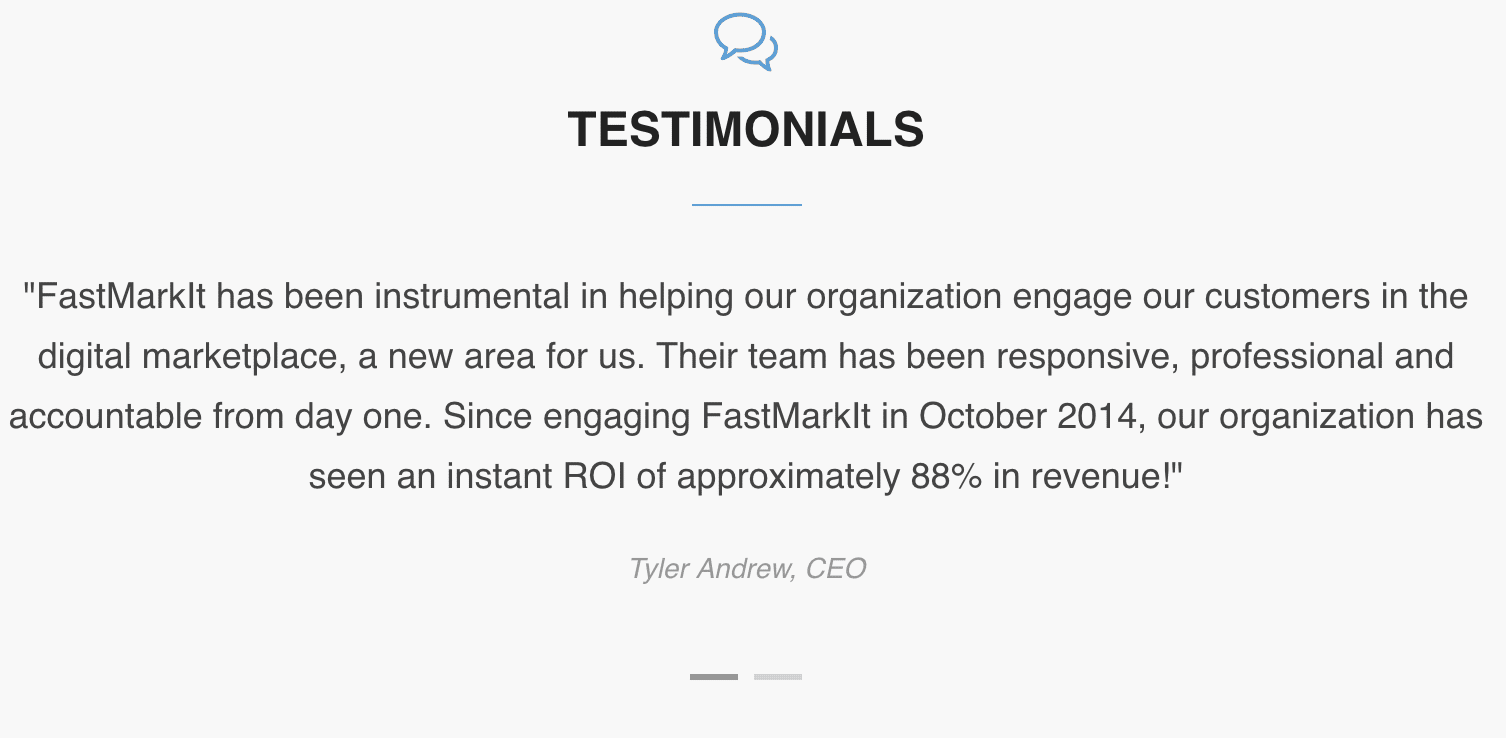Did you know that nearly 50% of small businesses today still don’t have a website?
Budgeting and managing expenses are all key concerns for many small businesses, but not allocating properly towards having a website is no excuse.
More importantly, you have to strategically approach your website with the buyer in mind. Ensuring that your website is up-to-date with a modern design, findable via search engines, and easy to navigate are all things that must be considered.
In this blog post, I’ll explore 5 key elements your small business website should have in order to capture more leads and customers.
1) What Are You About?
Having an about page gives people an idea of who you are, why you do what you do, and your cultural philosophies.
All of these things will help add a personal touch to your website and humanize your brand. Some key tips to consider when writing content for your about page is:
- Keep it light. Displaying some personality is what will drive people to reach out to you (i.e. people buy from people).
- Insert your mission.
- Tell your story and the problem you’re set out to solve.
- Include contact information.
Here is a couple of ‘about pages’ to check out for ideas for your own:
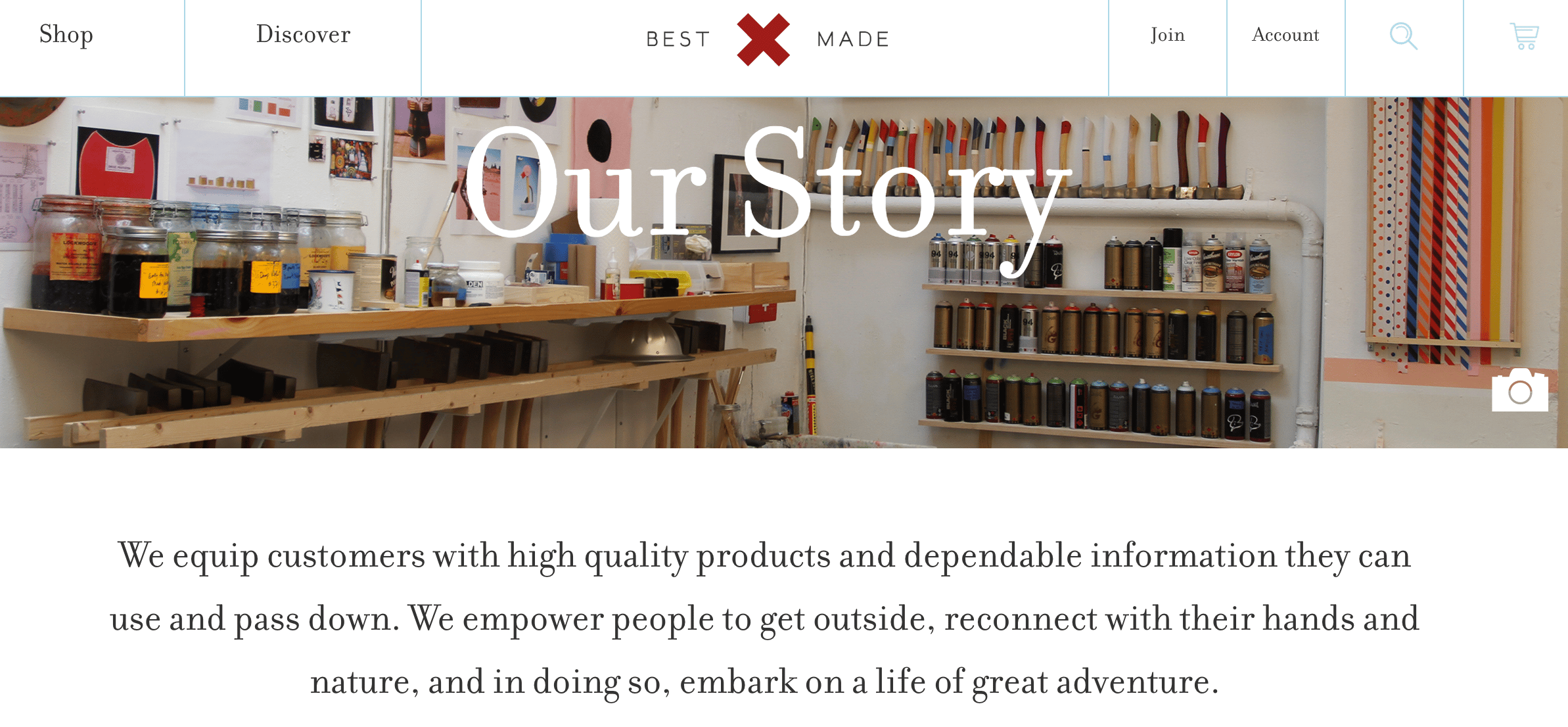
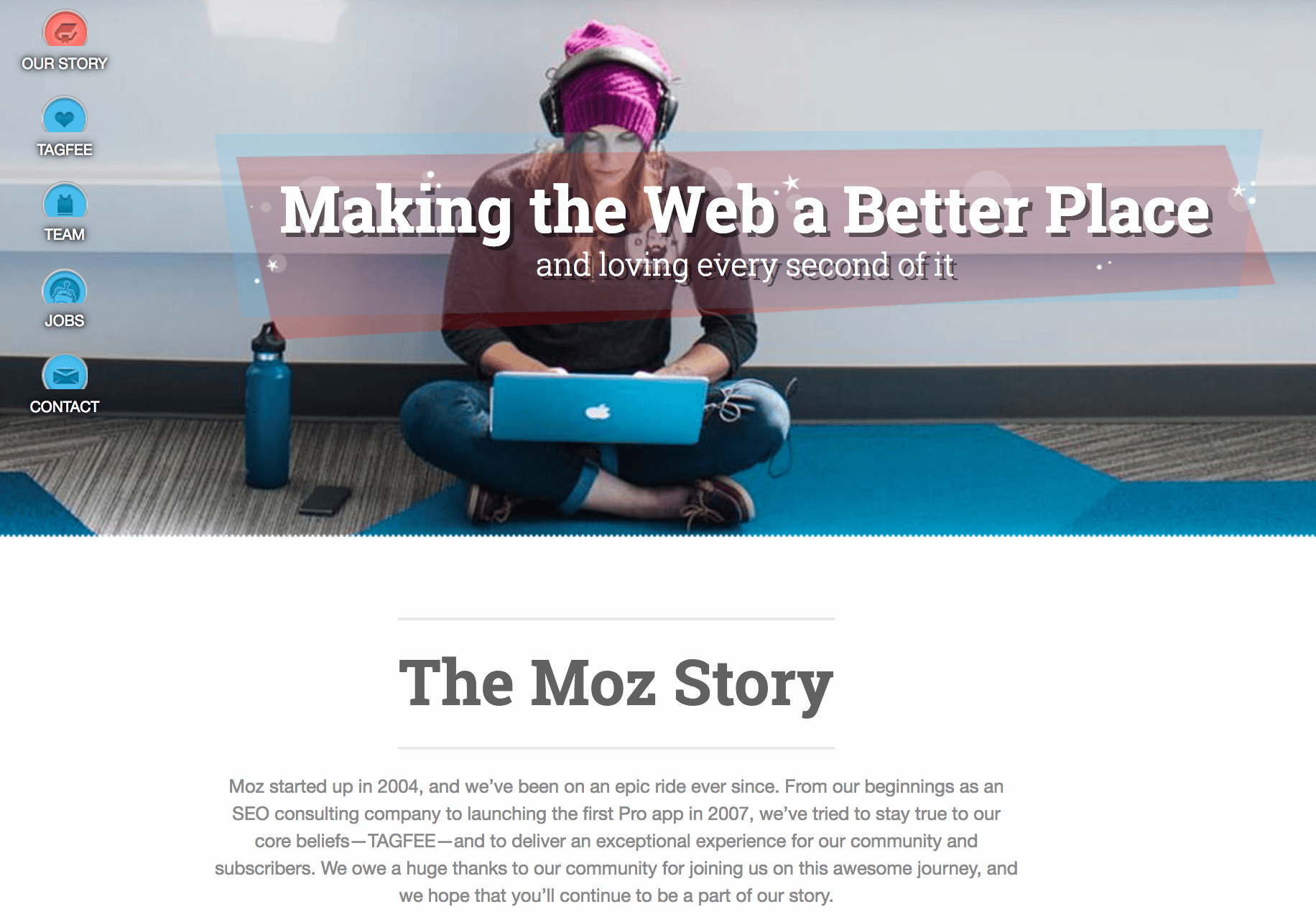
2) Captivating Imagery
When people hear a piece of information, they’ll remember 10% of it, and if there’s a picture associated, they’ll remember 65% of it.
Make sure you have clear, high-res images that are relevant to your business. More specifically, here are a few things I recommend:
- Stay away from cheesy stock photos. You know exactly what I’m talking about – the ones that we all used (myself included) back in the 90s and early 2000s. (Example below).

- As a small business owner, paying for stock photos can be costly, so leverage the following (royalty-free) image sites instead:
3) Clear CTA (Call-to-Action)
Make it easy for people to know exactly what they should do to be able to get in touch with you when they land on your website.
Take the FreshBooks website, for example, they have a clear CTA on their homepage. They also include a stat next to the CTA button that helps give them credibility and builds trust.
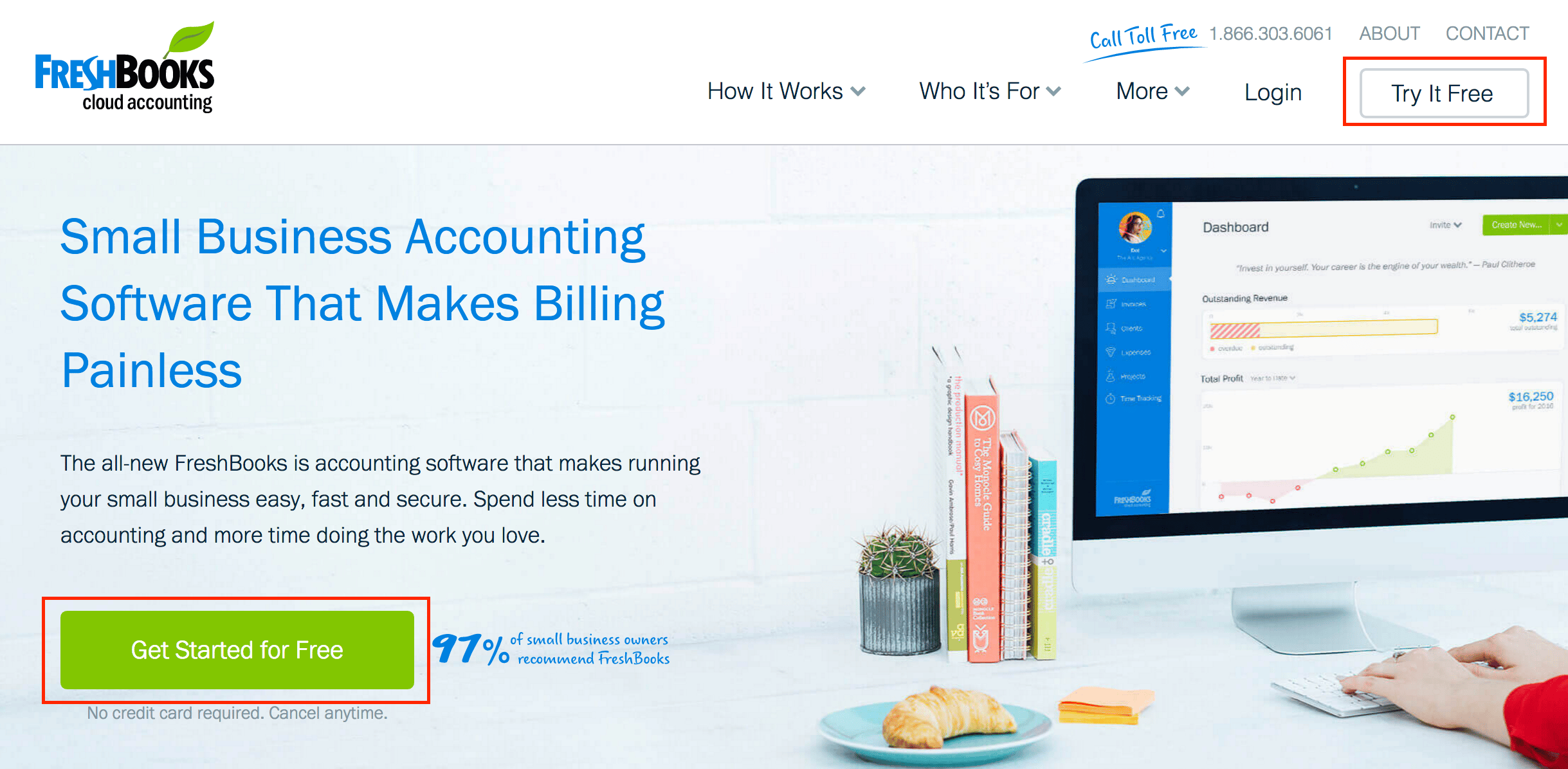
4) Have Testimonials
Don’t overlook the importance of testimonials. Much like reviews, over 80% of consumers will look at what others have said about your business before making a purchase from you.
Here are a few effective ways to get testimonials from your customers:
- Provide a discount in exchange for a testimonial/review.
- Give away a gift card.
- Simply ask.
- Promote a hashtag and be interactive. Encourage happy customers to utilize a dedicated hashtag of your choosing and feature their testimonials on your website – socially integrated.
5) Throw Up an FAQ Page
Your website should strive to answer questions that you commonly get. This will help provide clarity for both prospects and customers.
In turn, your time is saved in terms of answering the same questions over and over. Instead, you have a place to point people to.
Check out these FAQ pages:
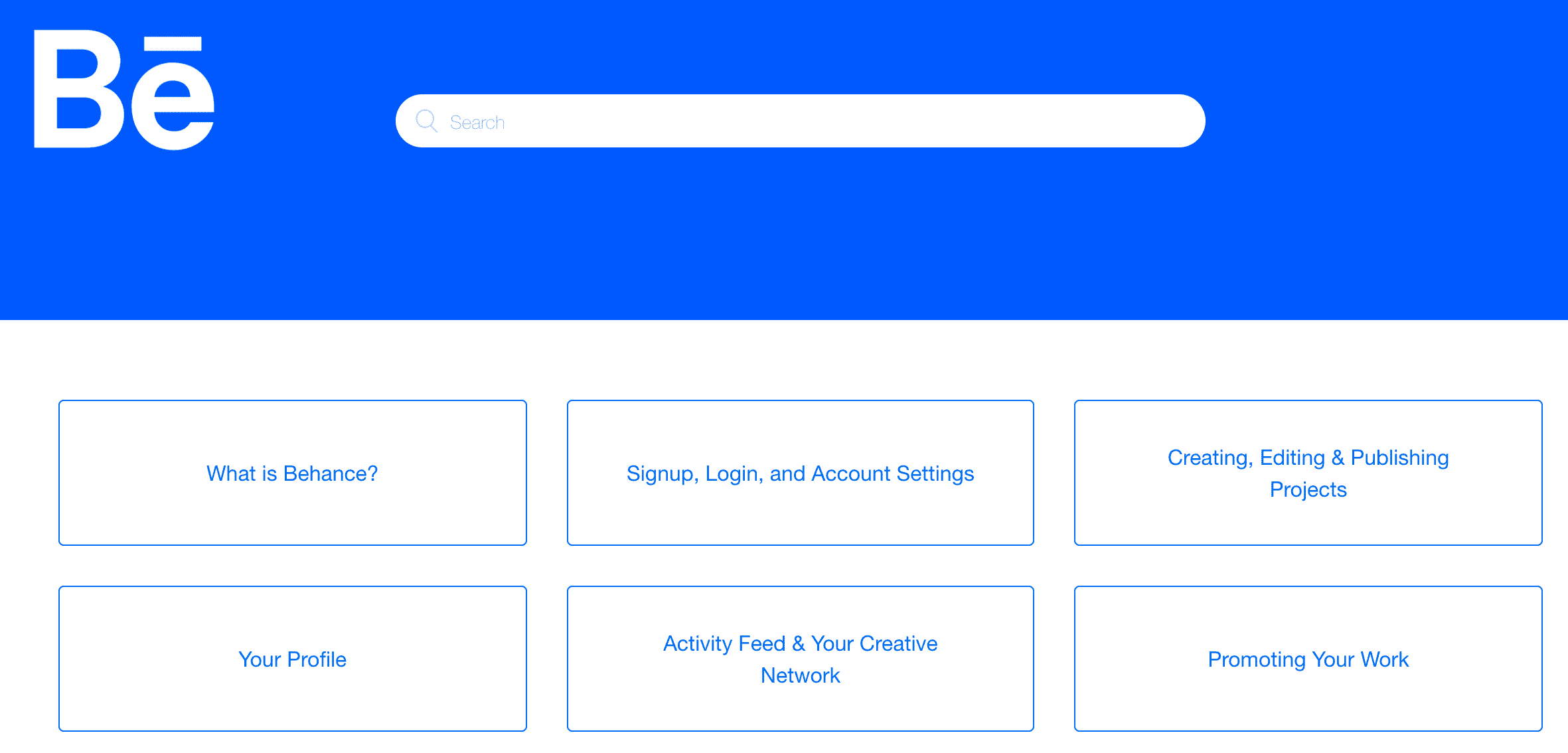
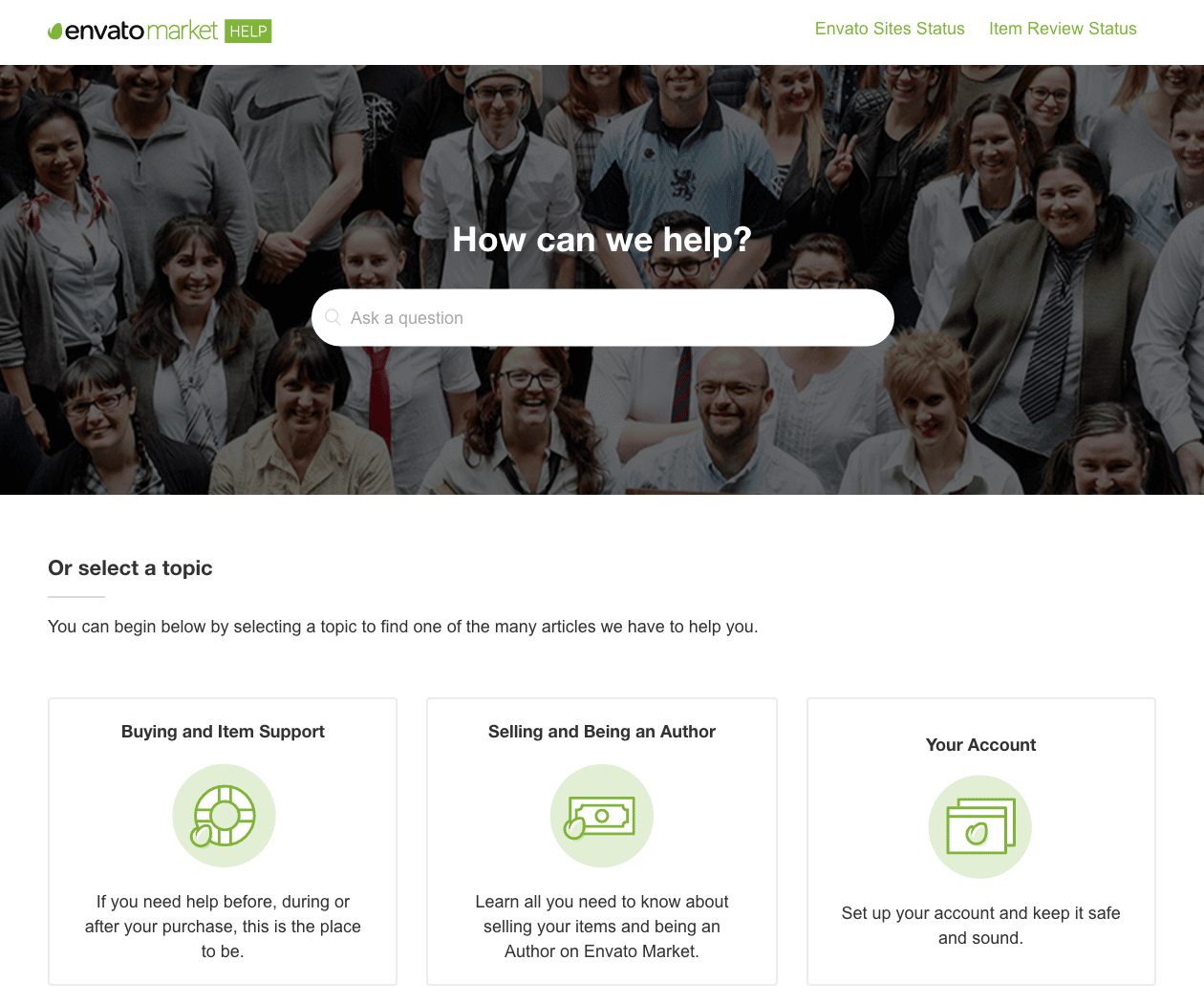
Final Thoughts
Keep in mind that the majority of your website traffic will most likely land on your homepage first. From there, you should absolutely make it a goal to funnel them deeper through your website. The longer they are on your site, the higher likelihood they’ll purchase from you and/or become a qualified lead.


